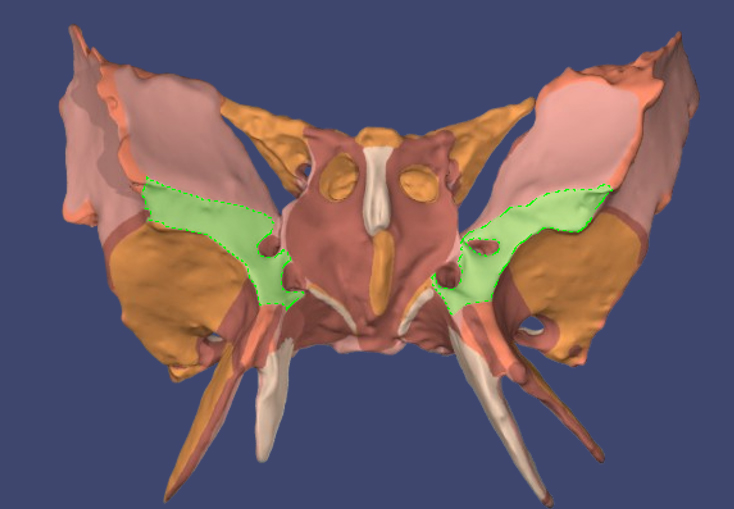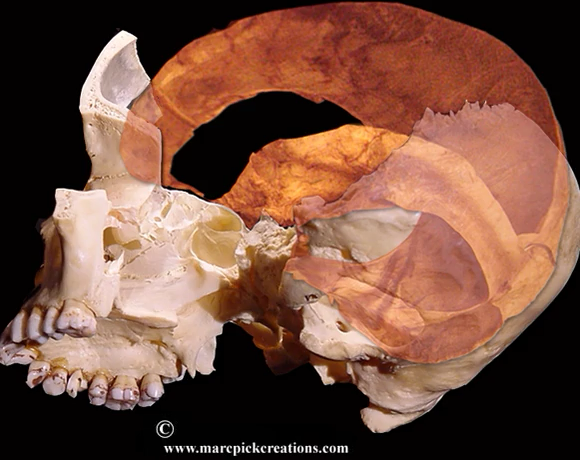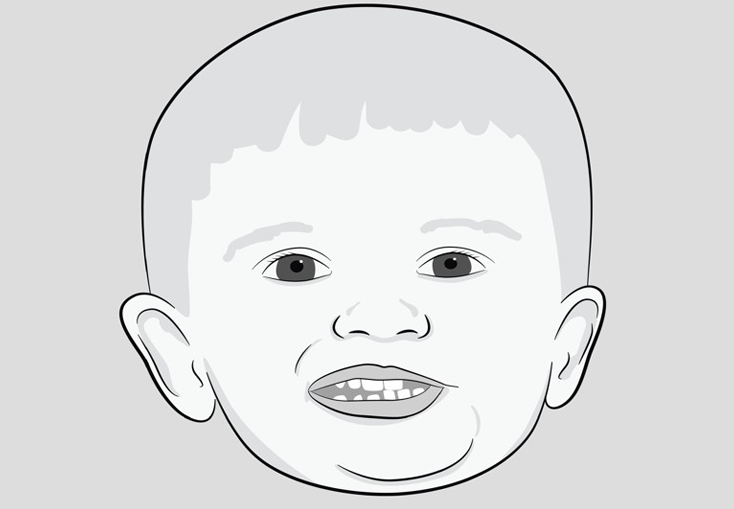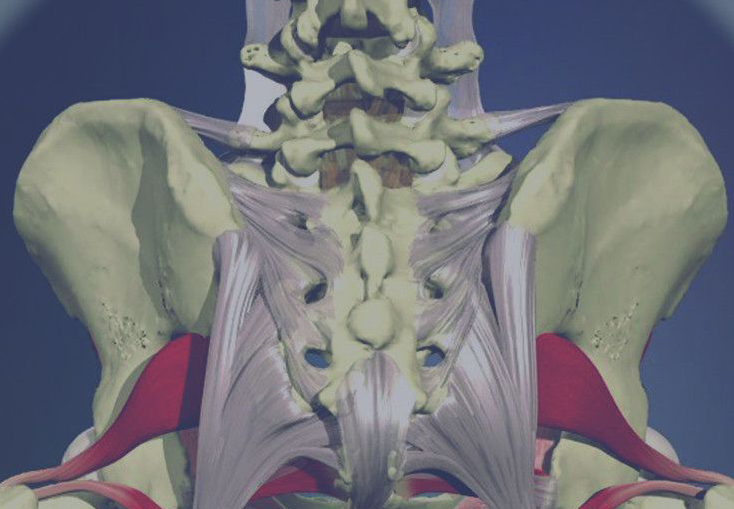
Sphenobasilar Mechanism: Assessment & Correction
The sphenobasilar junction (SBJ) plays a central role in cranial motion, dural tension, and neurological function. When this vital cranial-articular relationship is imbalanced, it can contribute to a wide range of symptoms—from headaches and TMJ dysfunction to sensory, postural, and developmental challenges.
In this focused online course, you’ll learn to assess and correct sphenobasilar distortions using precise, gentle chiropractic cranial techniques. The SBJ is often a primary site of restriction and compensation, especially in pediatric cases, but it’s just as critical in adult cranial and spinal dynamics.
This course offers chiropractors a deeper understanding of how to evaluate the SBJ both statically and dynamically, identify related cranial and spinal subluxation patterns, and apply effective corrections that can create global structural changes.
What You’ll Learn
- A detailed review of the anatomy, biomechanics, and neurology of the sphenobasilar junction
- Visual and practical training on how to assess motion, balance, and distortion in the SBJ
- Specific cranial correction protocols that restore balance and reduce dural torque
- Strategies to address associated structural compensations in the cranium and spine
Resources Provided
- Video class modules
- Evaluation & technique presentations
- Practical demonstrations
- Calls to action (CTAs)
- Complete PDF workbooks
- Full transcriptions of video classes
- Email access to Dr. Rosen & Dr. Watson
Why Take This Course?
- The SBJ influences cranial dural tension, cerebrospinal fluid flow, and overall postural integrity
- Correcting distortions at this level can lead to dramatic changes in spinal stability, neurological tone, and functional development
- Understanding and mastering the sphenobasilar junction empowers you to provide more comprehensive, neurologically-focused care
Who Is This Course For?
Chiropractors who want to:
- Deepen their cranial adjusting skills and integrate advanced cranial work into their daily practice
- Address root-cause patterns in patients with chronic postural, neurological, or developmental issues
- Provide care that goes beyond spinal adjusting to support whole-body function and balance
Whether you’re working with infants, children, or adults, the SBJ is a foundational cranial relationship that must be addressed for optimal results. This course will give you the knowledge and tools to do just that—with clarity, precision, and confidence.
Course Contents
6 Modules | 6 CTAs
Class 1 – Secondary Respiratory Motion
Class 2 – Primary Respiratory Motion
Class 3 – Effects of Cranial Motion
Class 4 – Evaluation of the Sphenobasilar
Class 5 – Correction of Sphenobasilar: Direct Approach
Class 6 – Correction of Sphenobasilar: Indirect Approach
Meet the Instructors
As early as first quarter in chiropractic school they were attracted to each other’s commitment to chiropractic and the pursuit of excellence. Their combined 80 years of personal and clinical and teaching experience, in delivering the chiropractic adjustment is unparalleled in the chiropractic profession. Their international outreach through teaching, writing and lecturing has been a driving force in their personal and professional careers since their first seminar taught together as students, in 1979.
Their years of experience have taught them what works and what does not work to create a successful practice and lifestyle. The more competent and comprehensive your expertise you will find that more patients will seek your services and your practice will grow exponentially.









